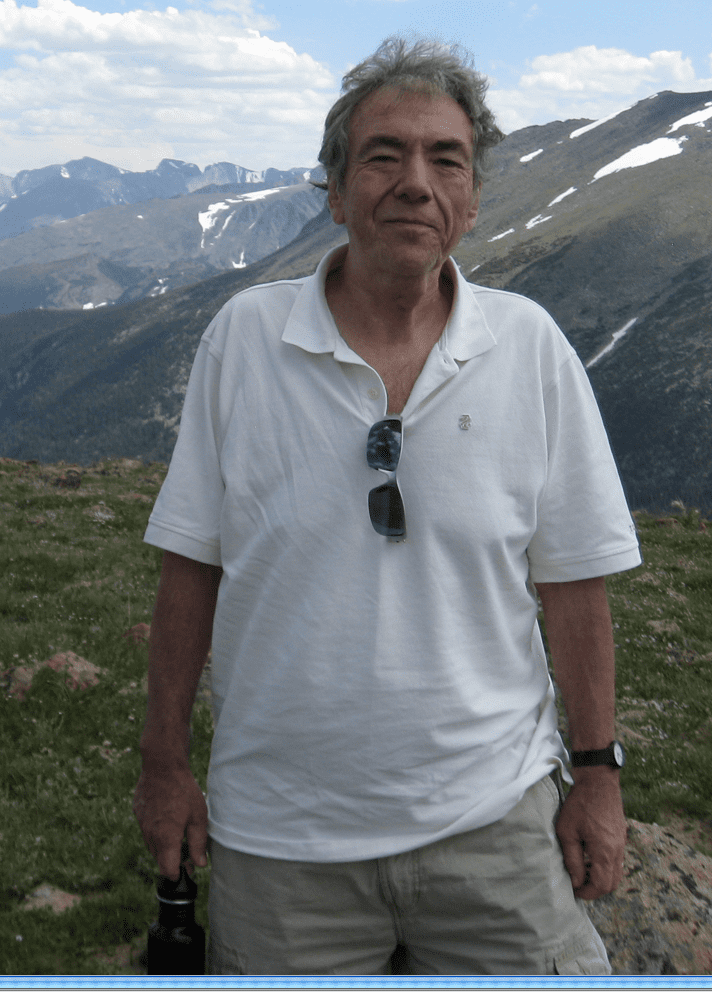Name Ivan Sag | Role Linguist | |
 | ||
Books Syntactic Theory: A Formal Introduction, Deletion and logical form Similar People Carl Pollard, Tom Wasow, Emily M Bender, Jonathan Ginzburg, Anna Szabolcsi | ||
"The HPSG Man" performed by Dead Tongues
Ivan Andrew Sag (November 9, 1949 - September 10, 2013) was an American linguist and cognitive scientist.
Contents
Born in Alliance, Ohio on November 9, 1949, Sag attended the Mercersburg Academy but was expelled shortly before graduation. He received a BA from the University of Rochester, an MA from the University of Pennsylvania, where he studied comparative Indo-European languages, Sanskrit, and sociolinguistics, and a PhD from MIT in 1976, writing his dissertation (advised by Noam Chomsky) on ellipsis.
Sag was the Sadie Dernham Patek Professor in Humanities, Professor of Linguistics, and Director of the Symbolic Systems Program at Stanford University. A fellow of the American Academy of Arts and Sciences and the Linguistic Society of America, in 2005 he received the LSA's Fromkin Prize for distinguished contributions to the field of linguistics.
Sag made notable contributions to the fields of syntax, semantics, pragmatics, and language processing.
His early work was as a member of the research teams that invented and developed HPSG as well as generalized phrase structure grammar, HPSG's immediate intellectual predecessor. More recently, he worked on Sign-Based Construction Grammar, which blended HPSG with ideas from Berkeley Construction Grammar. In general, his research late in life primarily concerned constraint-based, lexicalist models of grammar, and their relation to theories of language processing.
He was the author or co-author of 10 books and over 100 articles.
He was honored by a volume of studies published in 2013 in his honor, The Core and the Periphery: Data-Driven Perspectives on Syntax Inspired by Ivan A. Sag, edited by Philip Hofmeister and Elisabeth Norcliffe.
